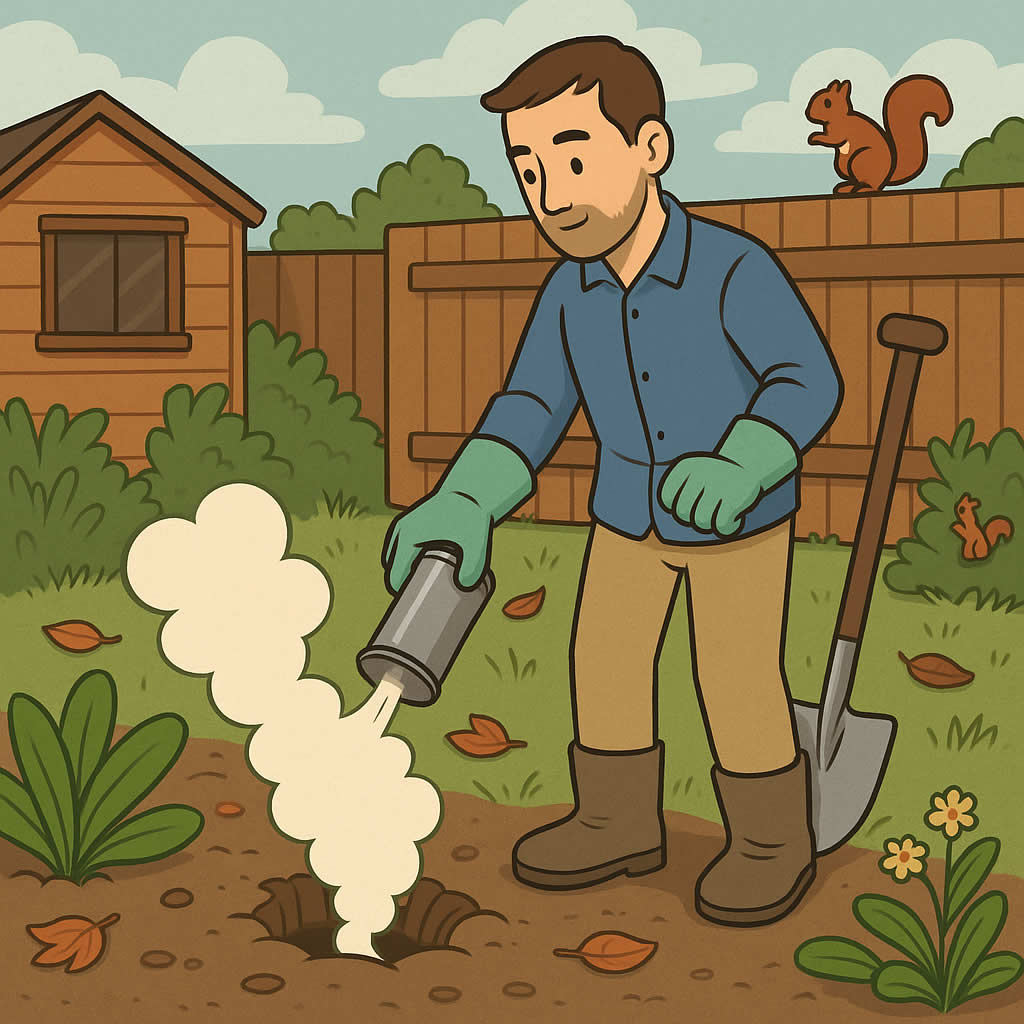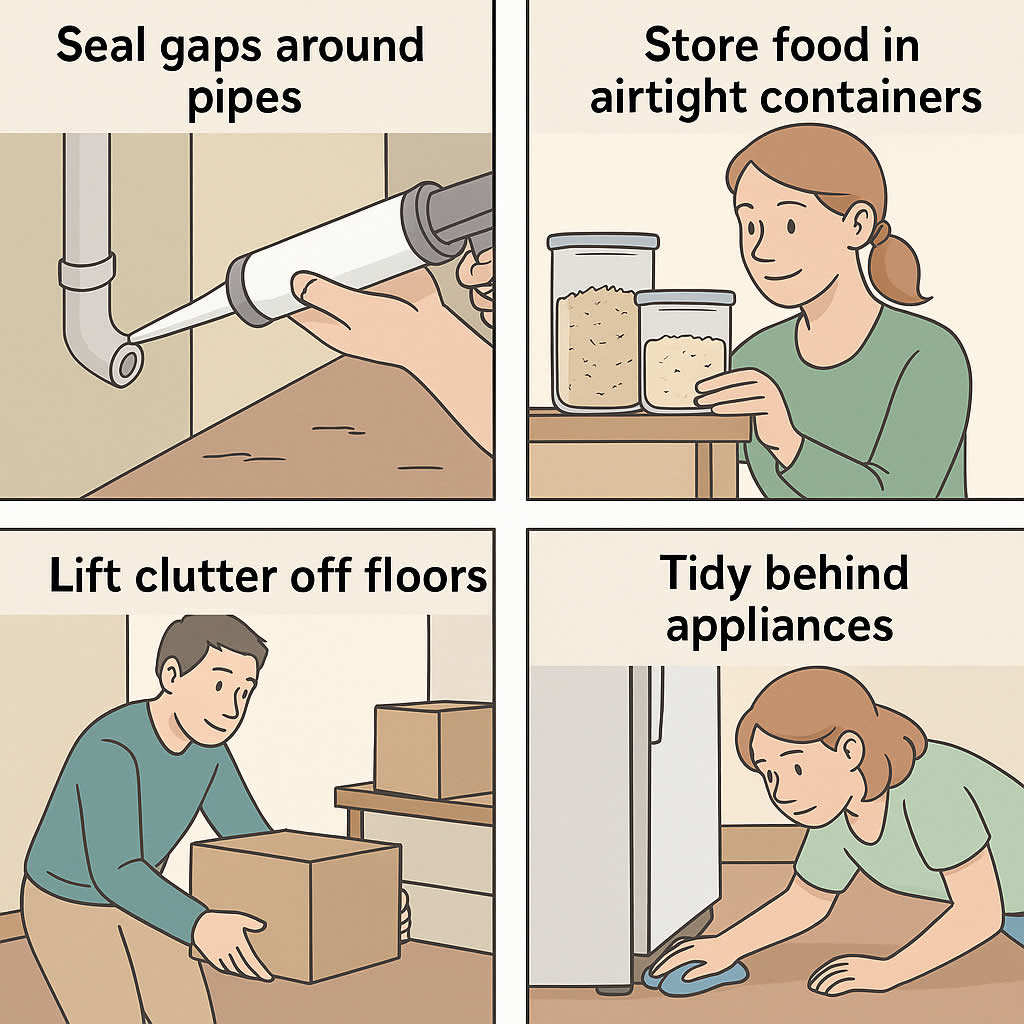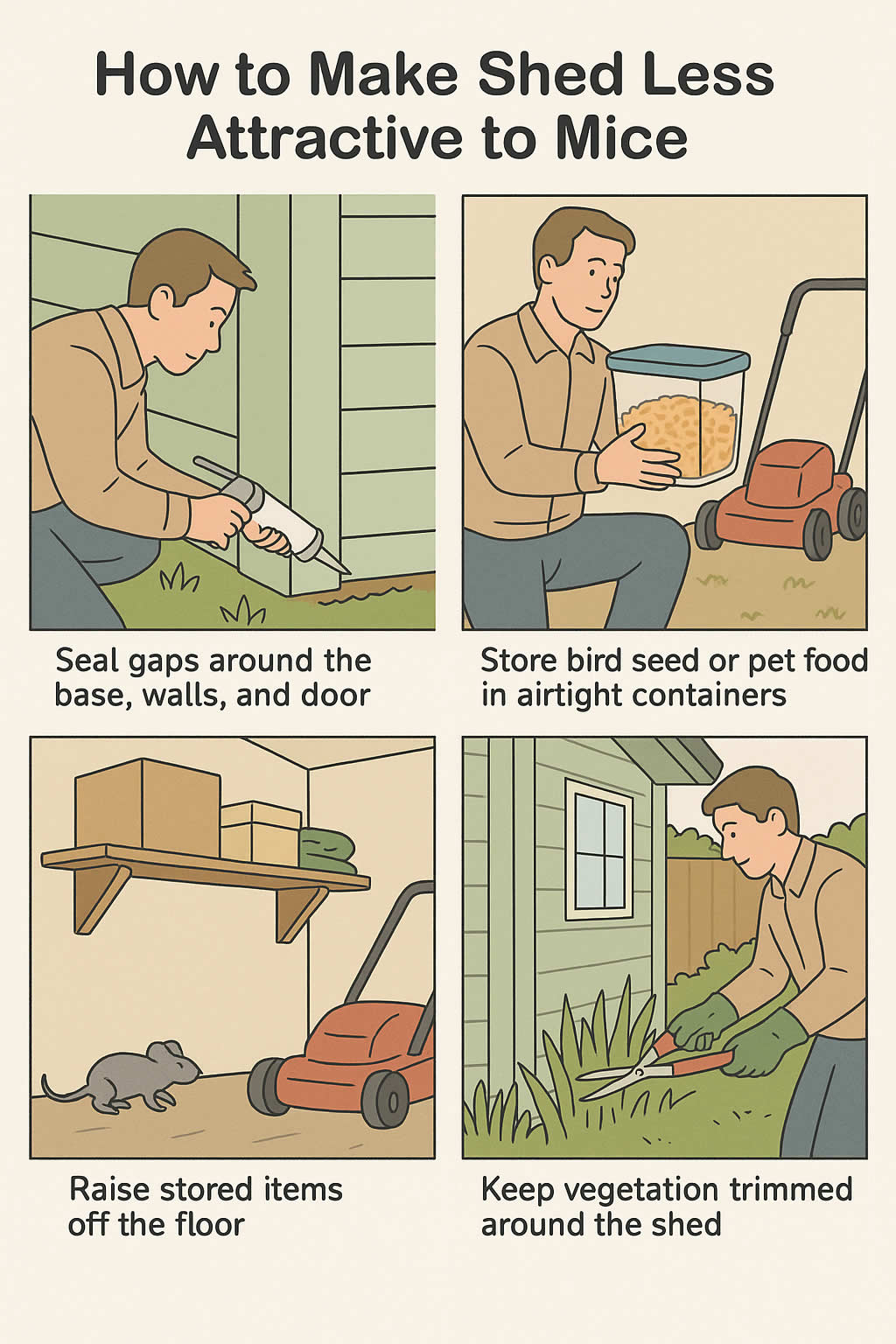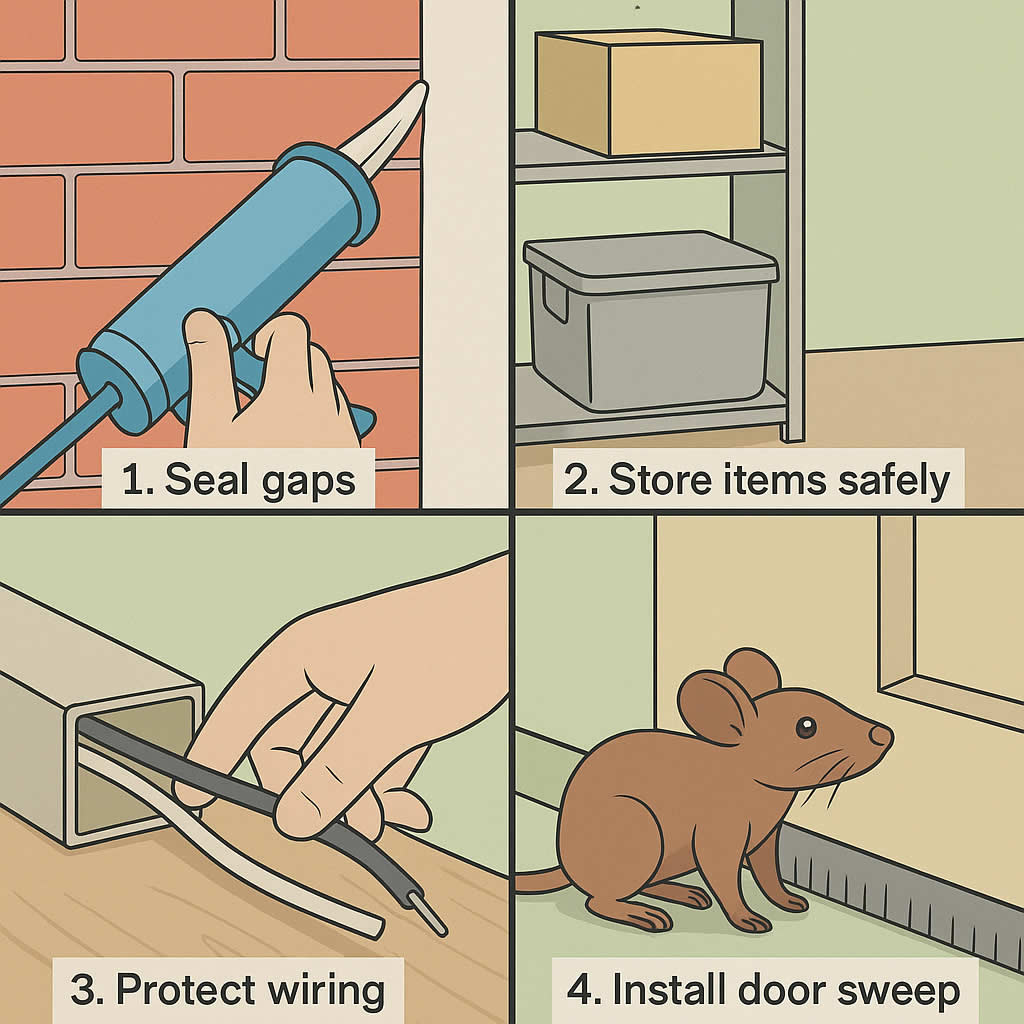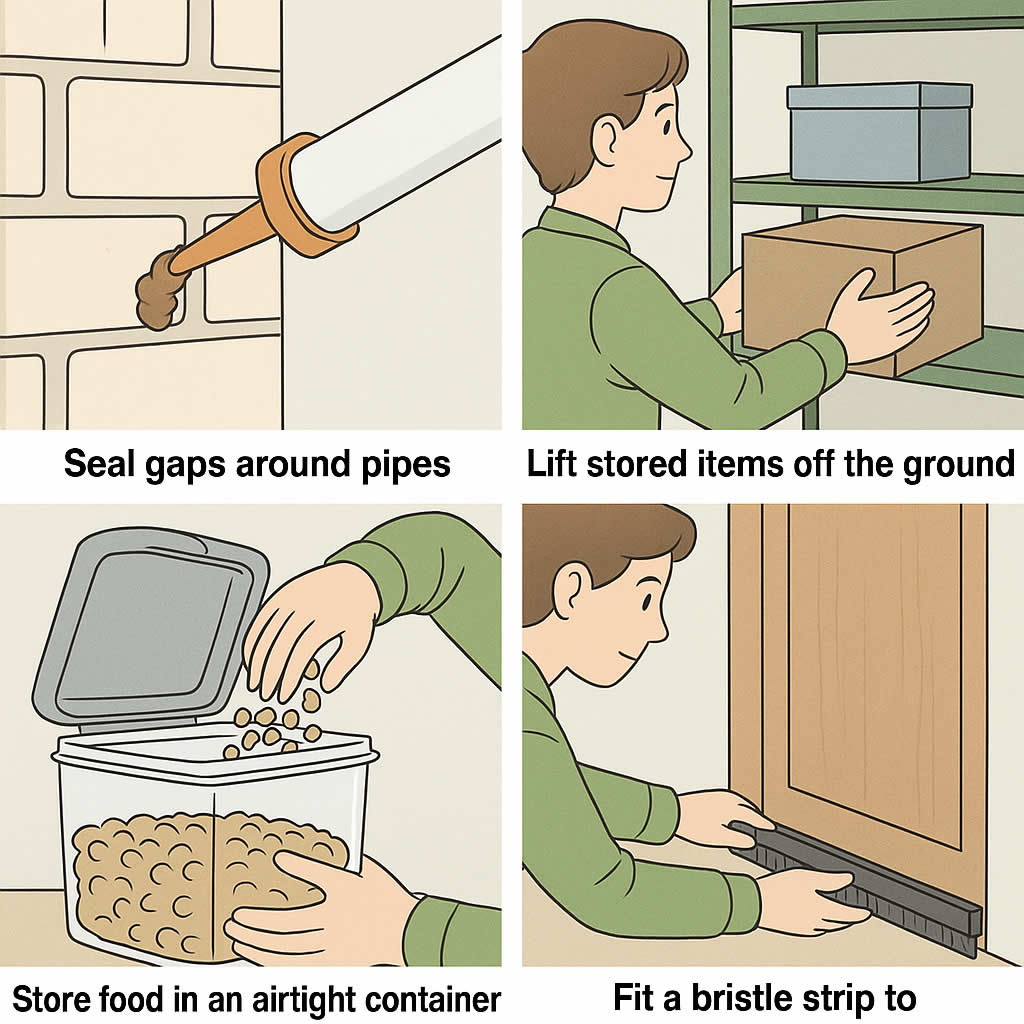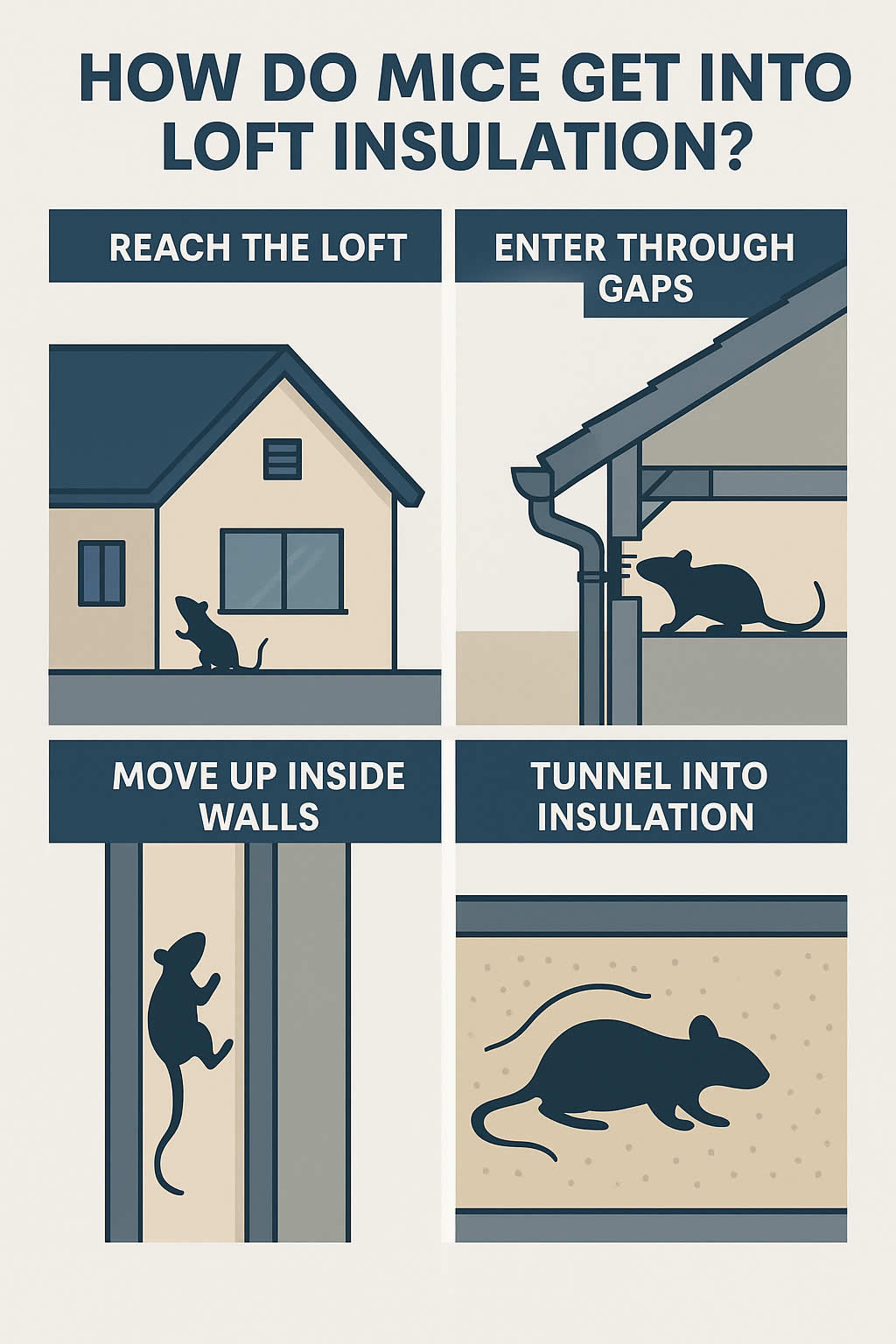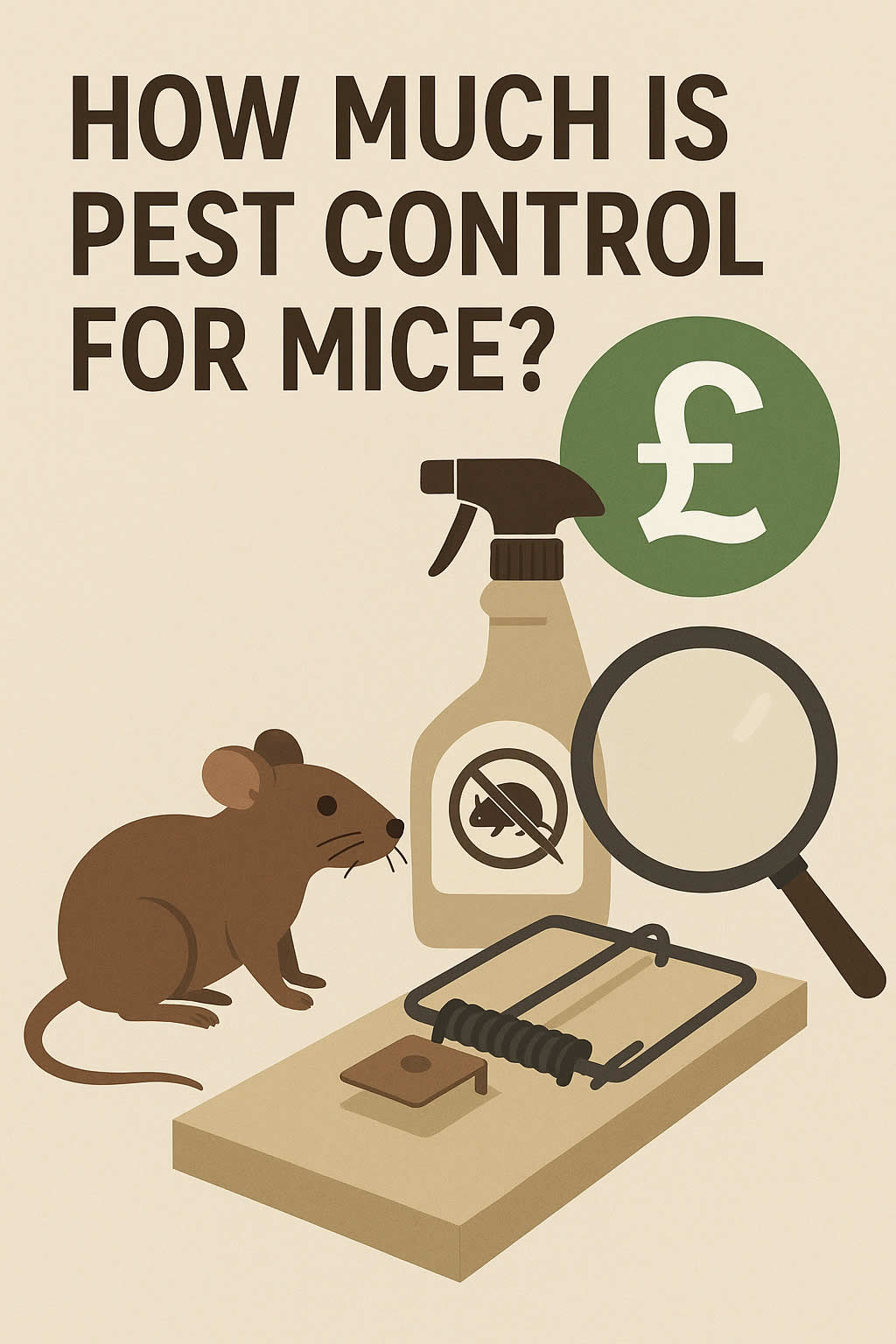Related Queries
ToggleIf you’ve spotted a rat hole near your home, shed, or garage, you’re probably wondering how to deal with it. And if you’ve heard someone mention smoking them out, you might be thinking it’s a quick fix. But here’s the thing — if you want to do it properly and make sure the rats don’t just move to another hole, you’ve got to go about it carefully.
Rats don’t dig tunnels without a reason. They’re building a home, trying to stay hidden, and looking for a way to move in and out without being seen. That hole in the ground — whether it’s by your wall, under your decking, or in the garden — is the entry point to a much bigger network.
If you’re serious about smoking them out, you need to understand how they live, where they go, and what happens once you disturb them. Let’s break it all down together.
What does it mean to “smoke out” a rat hole?
When people say they’re smoking out rats, they’re usually talking about using smoke to drive the rats out of their burrow or nest. The idea is simple: push smoke into the hole, fill the tunnel, and force the rats to leave because they can’t breathe comfortably.
But it’s not just about puffing smoke into the ground and hoping for the best. You’ve got to be sure what’s in the hole, how deep it goes, and whether it’s still active. You also need to think about what you’ll do once the rats are out — because if you don’t block the hole or remove what attracted them, they’ll come back.
How can I tell if the hole belongs to rats?
Before you try to smoke out anything, you want to make sure you’re not targeting the wrong creature. Other animals like mice, moles, and even hedgehogs use burrows too, and you don’t want to harm them by mistake.
Here’s how you can tell if it’s a rat hole:
- The entrance is smooth and worn around the edges from repeated use
- You might see rat droppings nearby
- There’s often a faint smell — like ammonia or musty bedding
- The hole is about 5 to 10 cm wide, usually round
- You might notice gnawed wood or plastic nearby
To be extra sure, try this: place some loose soil over the hole late in the day. Come back early the next morning. If the soil’s been disturbed or pushed aside, there’s a good chance rats are still using it.
Is smoking rats out safe and legal?
Before you start, check what’s allowed in your area. In the UK, using smoke to kill or harm rats directly (especially with toxic gases) is restricted under the Wildlife and Countryside Act 1981 and the Pests Act 1954. You can disturb them, drive them out, and seal the hole — but you can’t use poisons or toxic smoke underground without proper licences.
So if you’re thinking about using something like aluminium phosphide, don’t. That’s for professionals with training. But if you’re using something like smoke bombs (sold for garden pest control), make sure they’re labelled safe for home use and don’t leave dangerous residue.
If you’re unsure, speak to a licensed pest controller or contact your local council for guidance.
What do I need to do before using smoke?
Preparation matters. You want to get a full picture of what’s going on before you do anything. Start by checking the area:
- Find all the holes: Rats often have more than one entrance to their tunnel system. If you smoke out one hole but leave another open, the rats may just escape that way.
- Check for signs: Look for tracks, droppings, gnawed items, or greasy marks along nearby walls or fencing.
- Plan your timing: Late afternoon or evening is best. That’s when rats are either in the nest or just starting to move. You don’t want to do it in full daylight when they’re out feeding.
- Clear the area: Move anything flammable or sensitive away from the hole — cardboard, dry leaves, garden tools, or furniture.
Once you know where the holes are and you’re sure it’s rats, you can move on to the next step.
How do I actually smoke the rats out?
You’ll need a smoke product made for pest control — usually called a “smoke bomb” or “smoke generator.” These are small canisters that produce thick, non-toxic smoke when lit. Follow the instructions on the pack carefully.
Here’s what to do:
- Light the smoke bomb following the instructions (usually outdoors only)
- Place the lit canister at the entrance of the hole
- Use a trowel or a board to gently push smoke into the hole
- Quickly cover the entrance with a loose brick, plank, or soil — something that lets a bit of smoke leak through but still contains most of it
- Watch the surrounding area — if there’s another hole connected, smoke might escape from it
If smoke escapes from other holes, that’s where the rats might try to run. Be ready with traps or covers to block them.
Let the smoke run its course — usually around 30 seconds to a few minutes depending on the product.
What happens after I smoke the rats out?
The smoke will usually drive the rats to flee, but it won’t stop them returning. That’s why the follow-up steps are crucial. Once the smoke clears and you’ve seen the rats leave (or you’re confident they’ve gone), here’s what you need to do:
- Seal the holes: Use soil, bricks, or concrete to block them. For extra protection, you can add steel mesh just below the surface to stop them digging back in.
- Clear the area: Remove rubbish, unused wood, plant waste, or anything they might have used for shelter or nesting.
- Clean thoroughly: If there are droppings or nesting materials nearby, use gloves and dispose of them safely. Disinfect the area where possible.
- Set up monitoring: Leave traps or bait stations nearby for a few days. That way, if any rats return, you’ll know early.
Can I use smoke bombs inside a building or under decking?
You need to be extra cautious if the rat hole is near your house or under anything enclosed like a deck or shed. Smoke in an enclosed space can build up and become a risk — not just to you, but to pets, wildlife, or the structure itself.
If the hole leads into a place like that, you’re better off:
- Blocking the entry first with mesh or steel wool
- Setting rat traps inside the enclosed area
- Using smoke from outside only if there’s good ventilation
Don’t light smoke bombs in fully enclosed spaces. If you’re not sure whether it’s safe, it’s best to get advice from a pest control professional.
What can I use instead of smoke?
Smoking rats out isn’t the only method. If you’re worried about safety, or you want a longer-term solution, there are other ways to deal with burrowing rats.
Traps
Place snap traps near the burrow entrance. Rats coming or going will trigger them. Use strong bait like peanut butter or dry pet food. Avoid moving the trap once it’s in place — rats don’t like change.
Rodent mesh and soil layering
You can dig out the hole, fill it with hard-core or crushed stone, cover it with fine mesh, and then put soil back on top. This blocks access while keeping the area neat.
Professional bait stations
Some pest control teams set up bait stations around burrows. These are sealed units that hold poison bait safely, away from children or pets. The poison works slowly, so the rats take it back to the nest before it affects them.
What if rats keep coming back?
If the problem returns even after smoking the hole, there’s likely still something attracting them — or another hole you’ve missed. Take a fresh look at the wider space.
- Are bins sealed and emptied often?
- Is there pet food or bird feed left out?
- Are nearby structures damaged or easy to get under?
- Are there compost heaps or wood piles nearby?
Rats don’t need much — just shelter, warmth, and a food source. Cut those out, and they’ll move on.
You might also want to get a professional survey done. Pest control companies can use tracking dust or cameras to trace movement and find hidden tunnels.
How can I stop rats digging new holes?
After sealing and clearing, you can take steps to make your space less attractive:
- Lay gravel or crushed concrete near walls and under sheds
- Fit metal mesh under decking and garden buildings
- Use raised planters instead of planting directly into soil
- Keep outdoor areas tidy and dry
The key is to break their path. If a rat can’t dig quietly and safely, it won’t bother staying.
Final thoughts
Smoking out a rat hole might sound old-fashioned, but when done right, it can help clear an active burrow. Just remember — it’s not a full solution on its own. You’ll still need to seal the holes, remove the attraction, and check the area regularly.
Take your time with it. Plan properly, use the right tools, and follow through after the smoke. That way, you’ll not only get rid of the rats — you’ll stop them from coming back.
Pest Control Sparkbridge – Pest Control Lidlington – Pest Control Sedbergh

